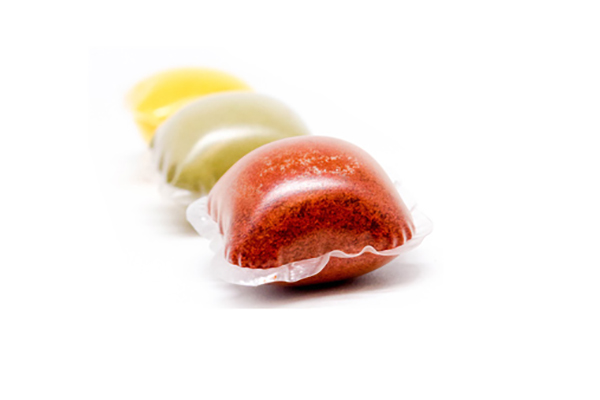Decoding the Green Hero: PVA Packaging
Feeling overwhelmed by the sea of plastic packaging options? Fear not, eco-conscious consumers! This guide dives into the world of PVA packaging, a rising star poised to revolutionize the way we wrap our world.
Beyond Plastic: Unveiling the Power of PVA
But first, what exactly is PVA? Short for polyvinyl alcohol, it’s a synthetic polymer derived from readily available resources like natural gas or plant starch. Unlike traditional plastics, PVA boasts a unique superpower: biodegradability. Imagine tossing used packaging into the compost bin, watching it happily decompose into harmless water and carbon dioxide – that’s the magic of PVA!
Unpacking the Perks: Why PVA Packaging is a Gamechanger
PVA packaging isn’t just eco-friendly – it’s packed with other benefits:
Versatility galore: Think flexible films for food wraps, sturdy boxes for dry goods, even water-soluble sachets for detergents. PVA adapts to diverse needs.
Superior barrier: It keeps moisture and oxygen at bay, ensuring product freshness and extending shelf life. No more soggy snacks or stale cookies!
Crystal clear: See-through packaging lets you peek at your goodies without unwrapping, reducing waste and satisfying your curiosity.
Printing paradise: Vibrant designs and logos easily adorn PVA, enhancing brand appeal and shelf presence.
Safety first: Non-toxic and free of harmful chemicals, PVA ensures the safety of both your food and the environment.
Where Does PVA Packaging Shine?
The applications are endless, but here are some exciting highlights:
Food and beverage industry: Imagine eco-friendly pouches for snacks, water-soluble films for fresh produce, or biodegradable bottles for juices – the possibilities are mouthwatering!
Pharmaceutical packaging: Blister packs and medication pouches made from PVA can offer safe, sustainable solutions for sensitive pharmaceutical products.
Personal care and cosmetics: Say goodbye to microplastics! Shampoo sachets, soap wraps, and even biodegradable wipes can all utilize the power of PVA.
Industrial uses: From corrosion-resistant packaging for tools to water-soluble films for agricultural applications, PVA’s versatility knows no bounds.
The Future is Green: Is PVA Packaging the Answer?
While PVA offers a promising solution, we’re still in the early stages of its journey. Here are some things to consider:
Cost factor: Currently, PVA can be slightly more expensive than traditional plastics. However, as production scales up, costs are expected to decrease.
Composting infrastructure: Widespread composting facilities are crucial for maximizing PVA’s biodegradability potential.
Consumer awareness: Educating consumers about the benefits and proper disposal of PVA packaging is essential.
Remember: The shift towards sustainable packaging is a team effort. By supporting brands utilizing PVA and choosing eco-friendly options, we can collectively move towards a greener future.
Post time: 02-18-2024


